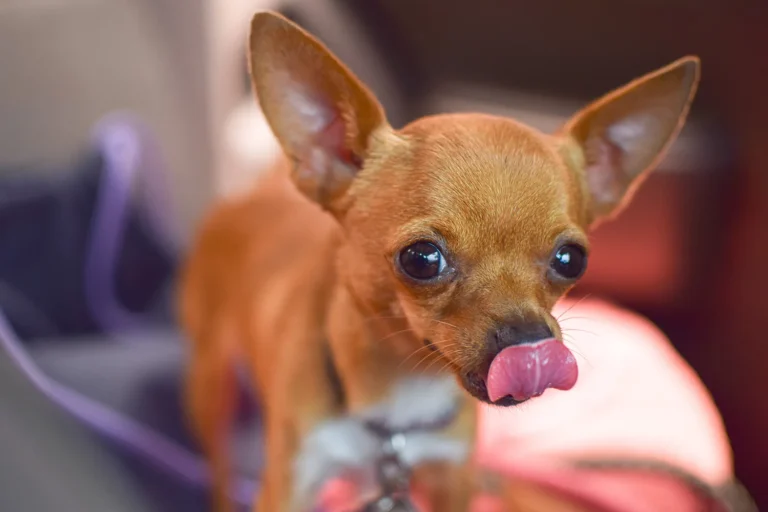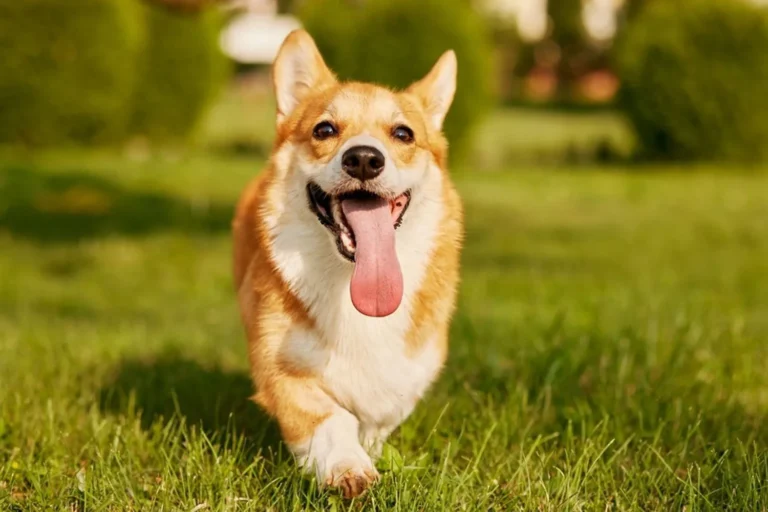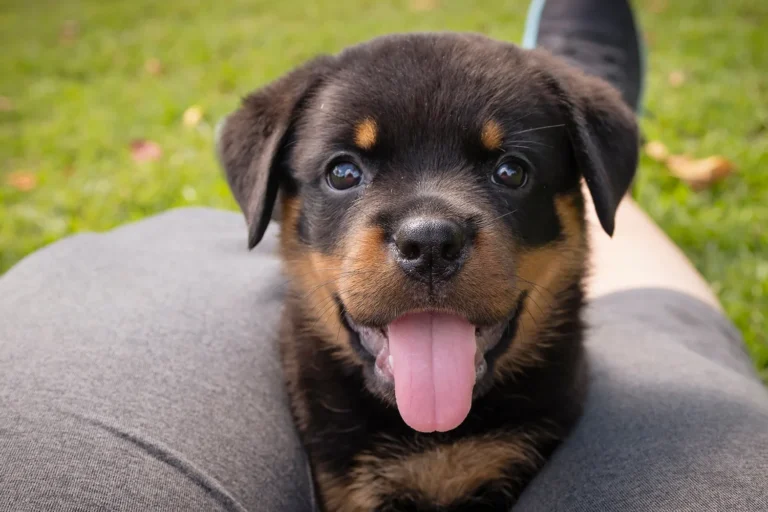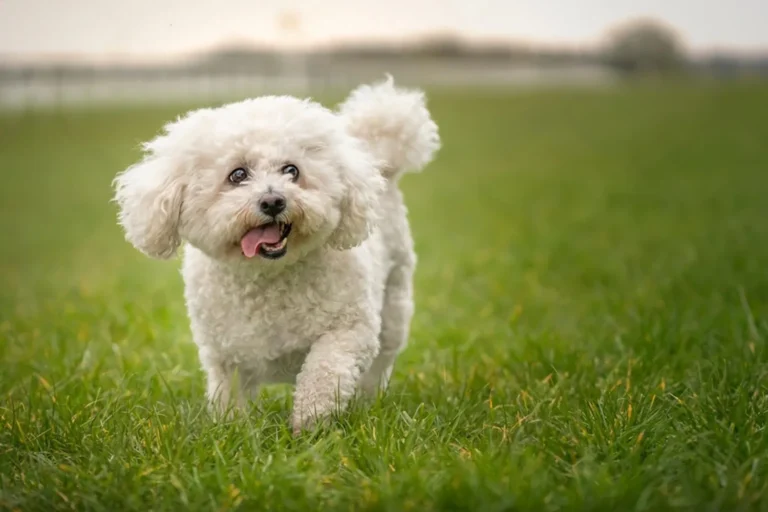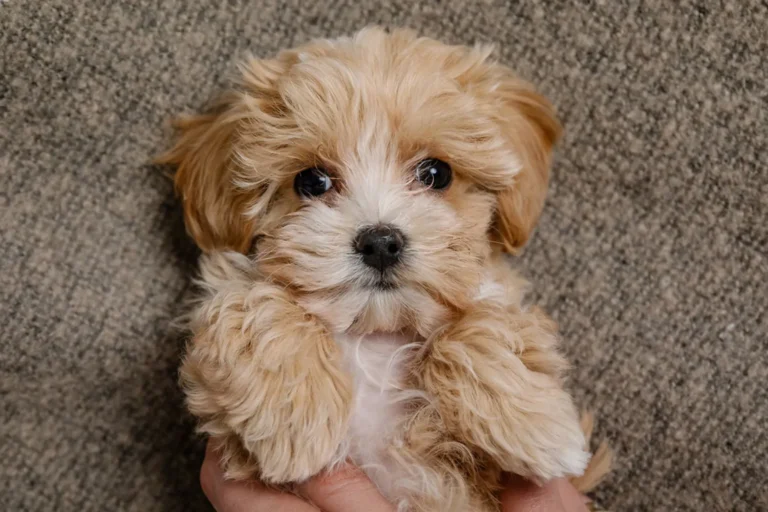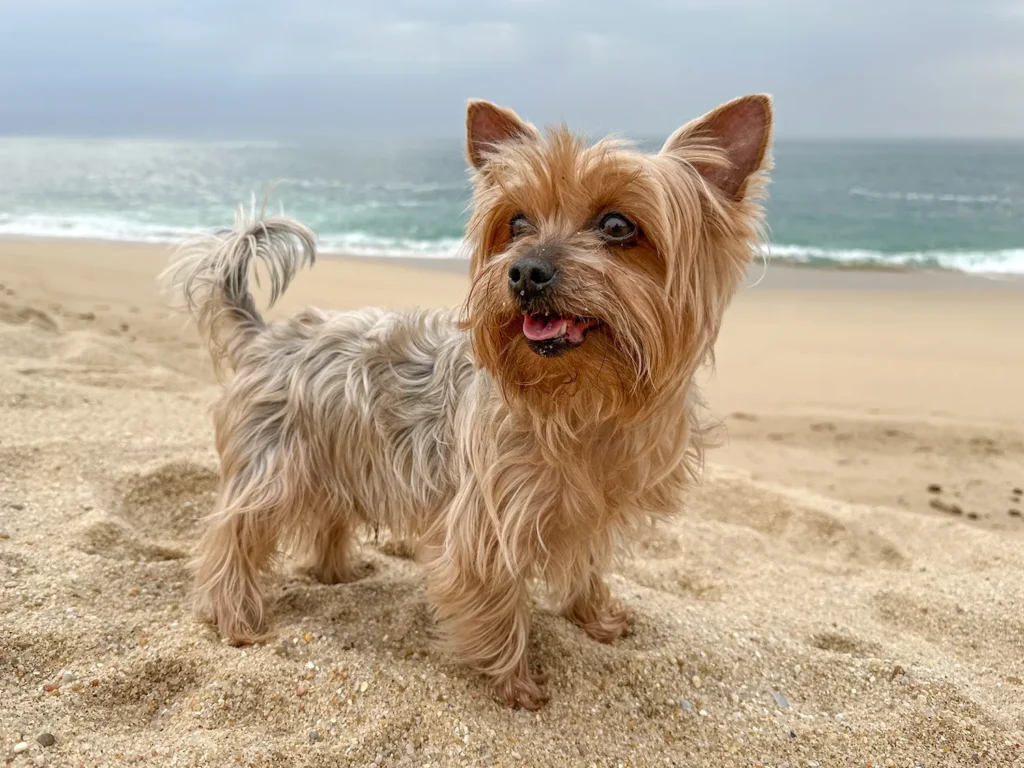
Don’t let that silky coat and toy size frame fool you Yorkshire Terriers come with a whole lot of attitude packed into a pint sized body. Mine used to square up to the neighbor’s German Shepherd with the confidence of a tiny lion, tail high and eyes sparkling like, “I’ve got this.” It’s part of their terrier heritage: bold, spirited, and always ready to speak their mind when they think it’s necessary.
That feisty streak can be a joy if you channel it well. Start with consistent, positive training and early socialization so they learn when to be brave and when to take a breather. I like to teach a solid “settle” and “quiet” early on those two cues saved me during doorbell chaos more than once. Give them jobs to do, like simple tricks or puzzle toys, to keep that sharp brain busy. Clear boundaries, short daily training bursts, and a sense of humor go a long way with a Yorkie. Handle the sass with calm leadership and plenty of praise, and you’ll have a confident little companion who’s bold but on your terms.
History and origin of the Yorkshire Terrier
Before they were the sparkly little charmers we know today, Yorkshire Terriers got their start in the grit and clatter of 19th century northern England. Scottish weavers moved into Yorkshire and Lancashire with their small terriers in tow, and those plucky little dogs were put to work catching rats in textile mills and mines. I always smile at that contrast: a dog small enough to nap in your lap, tough enough to patrol a factory floor. That “big dog in a tiny body” attitude is still very much alive once, a ribbon wearing Yorkie at my local park pivoted from posing for photos to stalking a squirrel with laser focus.
The breed’s name journey tells a lot about its evolving identity. In 1861, it was listed as the Broken Haired Scotch Terrier, which later morphed into Toy Terrier as their dainty looks became more prized. By 1874, the name Yorkshire Terrier stuck, honoring the region where the breed truly took shape. Around that same era, a famous early stud named Huddersfield Ben helped set the breed’s look and size; a breeder I met in California swore half her dogs “act like they’re related to him,” all swagger and silky coats.
Victorian England fell hard for the Yorkie. These hardworking ratters made a graceful leap into parlors and onto the laps of the aristocracy, transforming from hunters to beloved companions without losing their terrier spark. The breed crossed the Atlantic in style, gaining popularity in America by 1872 and earning American Kennel Club recognition in 1878. Since then, they’ve been adored across the UK, the United States, Italy, Australia, and even parts of South Africa. The first national breed club formed more than a century ago, which tells you these little dynamos have had devoted fans for a very long time.
If you bring a Yorkie home, a tiny tip from me: honor their history. Give them a job puzzle toys, scent games, short training sessions. It keeps that clever, industrious brain happy. And don’t be fooled by the bow on top; under that silky coat is a determined little worker who still thinks they run the mill (or at least your living room).
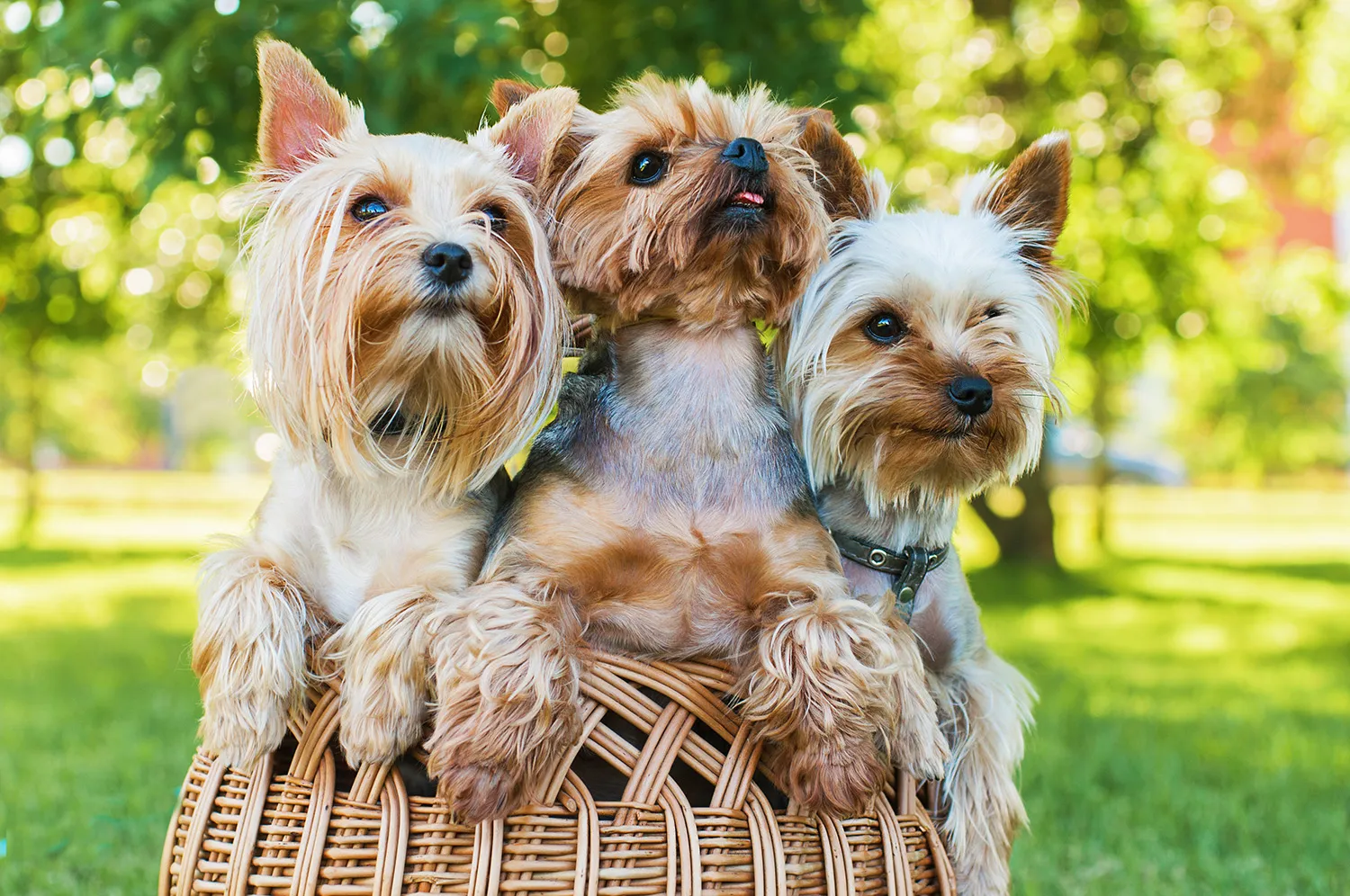
What Is a Yorkshire Terrier?
Part pocket sized charmer, part fearless little worker, the Yorkshire Terrier has roots that trail back to Scotland before the breed took shape in England. The exact recipe is a bit of a mystery like a family stew where no one wrote down the ingredients but most stories point to several Scottish terriers making the journey south with their owners. You’ll hear names like the Clydesdale Terrier, Paisley Terrier, and Skye Terrier, all said to have played a role. Once in England, those dogs mixed with local English terriers often including the Waterside Terrier eventually giving us the silky coated, big personality Yorkie we know today.
What I love about this backstory is how it fits their vibe: hardy little dogs bred to be keen, quick, and clever enough to tackle pests in bustling towns, yet fancy enough to charm people right off their feet. My neighbor’s Yorkie, Poppy, can go from strutting like royalty to zipping after a squeaky mouse toy in a heartbeat. That terrier spark is real.
If you’re meeting a Yorkie for the first time, expect a lot of heart in a tiny package. Don’t let the size fool you they thrive on mental games, short training sessions, and a routine that keeps their busy brains happy. A little structure, a lot of affection, and you’ll have a confident companion who thinks they can conquer the world (and, honestly, they just might).
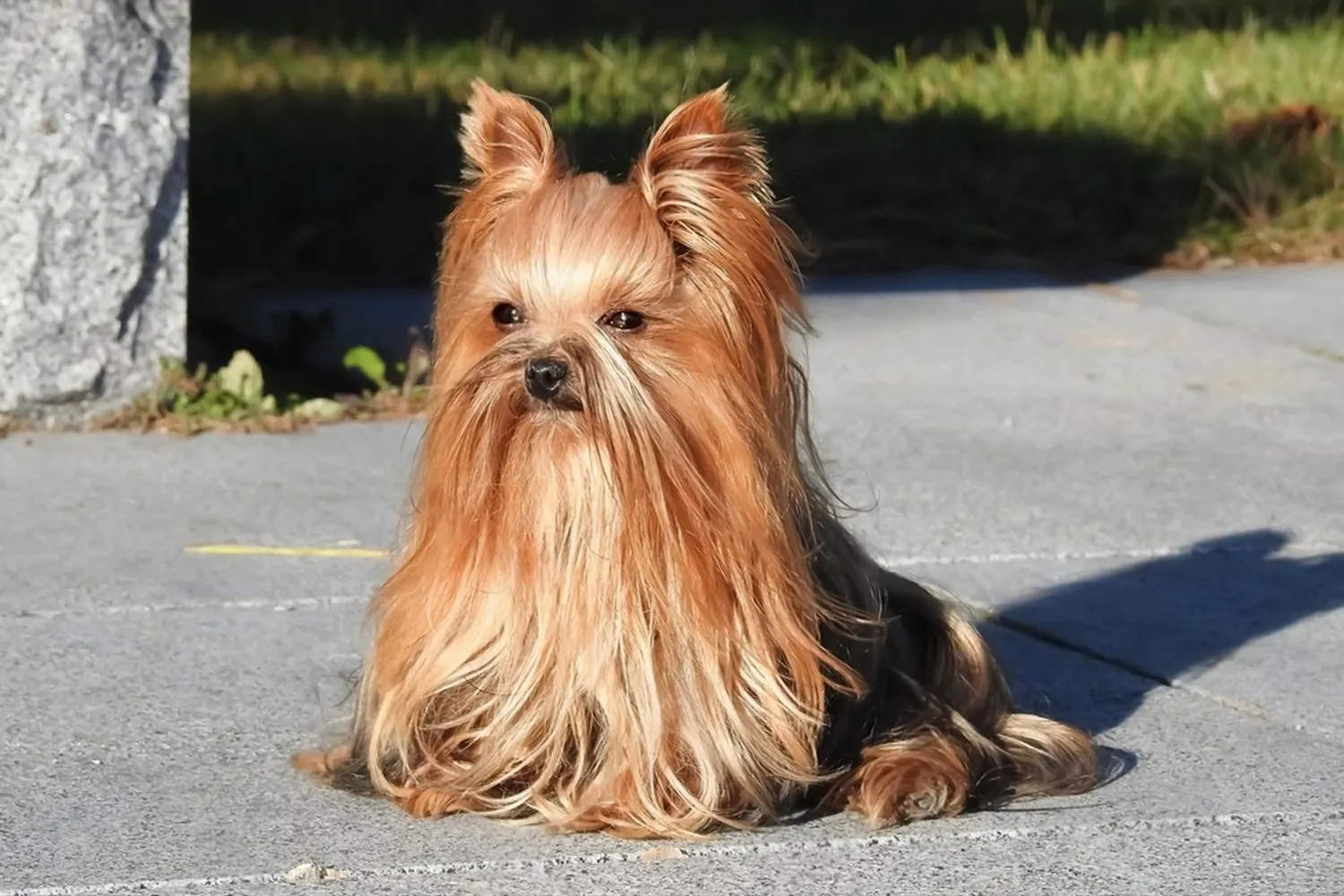
Who Is a Yorkshire Terrier Best For?
Tiny in size but big in spirit, Yorkshire Terriers tend to thrive with families who have older children and adults who understand how to handle a delicate little dog. Their small frames can make rough play risky, which is why many breeders won’t place a Yorkie with families who have kids under five. I remember visiting a reputable breeder who gently explained her “sit on the floor rule” for first meetings with toddlers everyone sits down together, and the pup comes to you. It stuck with me. Teaching a gentle “two hand hold” and supervising all play goes a long way. Little ramps or steps to the couch can also help protect those tiny joints.
Despite their size, Yorkies are lively, social, and love being right in the middle of family life. They’re just as happy in a cozy apartment as they are in a house with a big backyard, as long as they get daily play and a couple of short walks. A neighbor’s Yorkie used to do victory laps around her studio after breakfast, then happily snooze by her desk while she worked. They’re great companions for city dwellers, retirees, and busy families who make time to include their dog in everyday routines.
As for other pets, Yorkshire Terriers can be wonderfully friendly even with cats when introduced early and thoughtfully. Slow introductions are your friend: scent swapping with blankets, baby gates to let everyone observe safely, and short, calm meetings. A friend of mine brought her Yorkie home to a senior cat; after a week of gate greetings and treat parties, they were sharing sunbeams like old pals. With patience and positive experiences, a Yorkie can fit beautifully into a multi pet household.
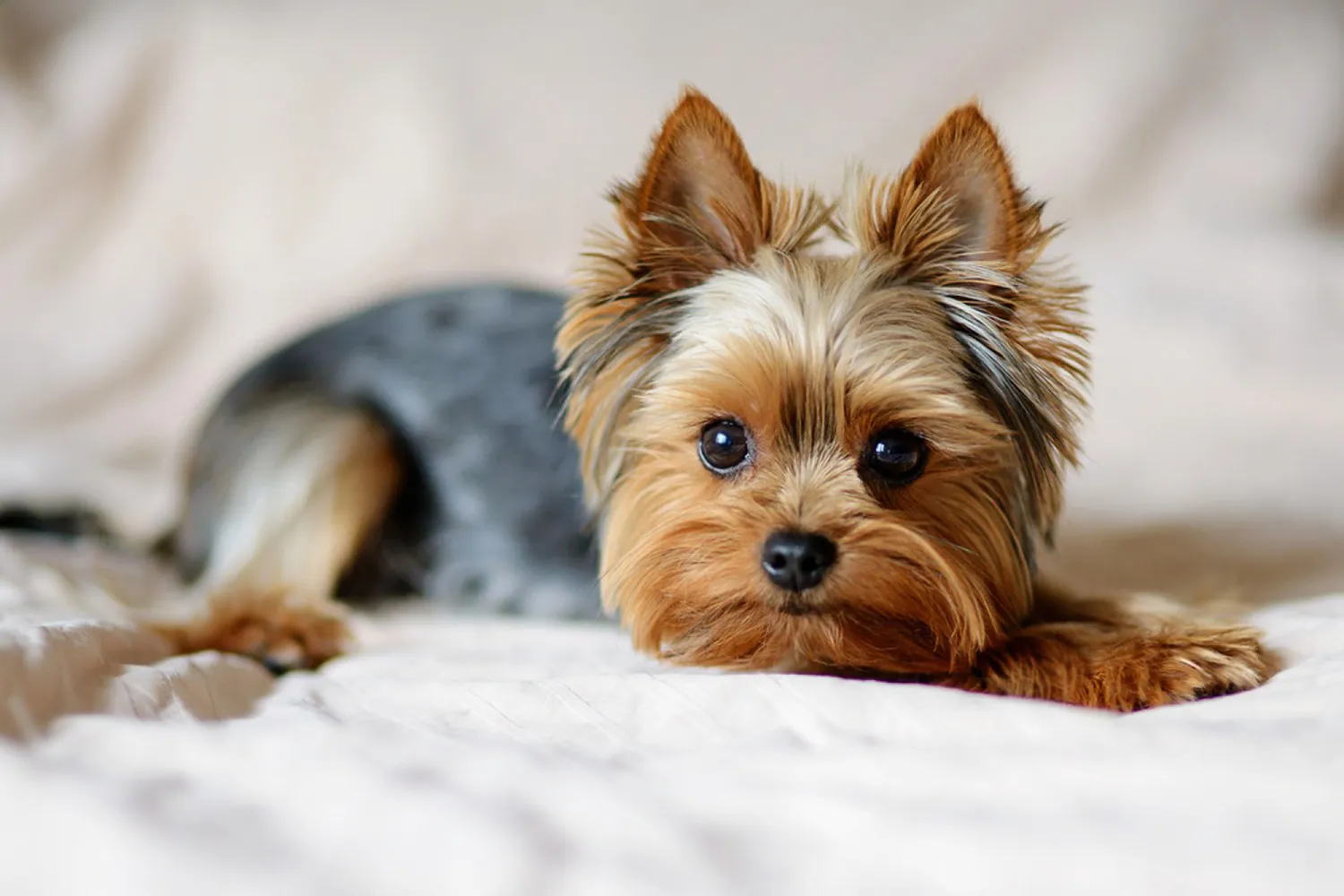
Yorkshire Terrier Grooming and Shedding
Yorkies don’t leave much hair around the house, but that silky, floor length coat still asks for a lot of love. Think of them as low shedding but high maintenance. I once watched my neighbor’s Yorkie, Coco, trot around looking like a tiny supermodel until we skipped two days of brushing and she turned into a walking knot. Lesson learned: a few minutes every day saves hours later.
Yorkie puppies are born black and gradually “clear” into a tan coat with a blue saddle as they grow. Some lighten further and go silvery grey instead of blue it’s all part of their charm. While that transformation happens, the coat can be extra delicate, so gentle grooming really matters. I like to mist the coat lightly with water or a leave‑in conditioner before brushing; never brush a Yorkie when the coat is dry or dirty, or you’ll invite breakage and tangles. Use a soft pin brush and follow with a metal comb, working in small sections from the bottom up. Ten calm minutes daily is perfect. If you prefer a lower maintenance look, a tidy “puppy cut” keeps things practical while still looking adorable, but you’ll still want to comb through regularly, especially behind the ears, under the arms, and around the collar area where mats love to hide.
Baths keep that silky shine regularly, but not obsessively. A gentle dog shampoo, lukewarm water, and a thorough rinse are your best friends. I blot with a towel (no rough rubbing), then blow dry on low while brushing to keep the coat smooth. After each bath is a great time to clip nails; the nails are softer and you can trim a little at a time to avoid the quick. If you’re unsure, ask your groomer to show you once watching a pro made me way more confident. While you’re at it, do a quick health check for any sores, rashes, or tender spots, especially near the nose and mouth and along the skin. A groomer in California once taught me to peek under the tail and around the inner thighs sneaky places where irritation can hide. Keep ears clean and dry, and either tie up the fringe in a neat topknot or trim around the eyes so hair doesn’t poke at them.
Small breeds can be prone to dental issues, and Yorkies are no exception. Daily toothbrushing with dog safe toothpaste is the gold standard; dental chews help, but nothing beats the brush. I schedule a professional dental cleaning with the vet once a year worth every penny for that tiny, healthy smile. With a simple routine and a bit of consistency, your Yorkie will look and feel like the star they are.
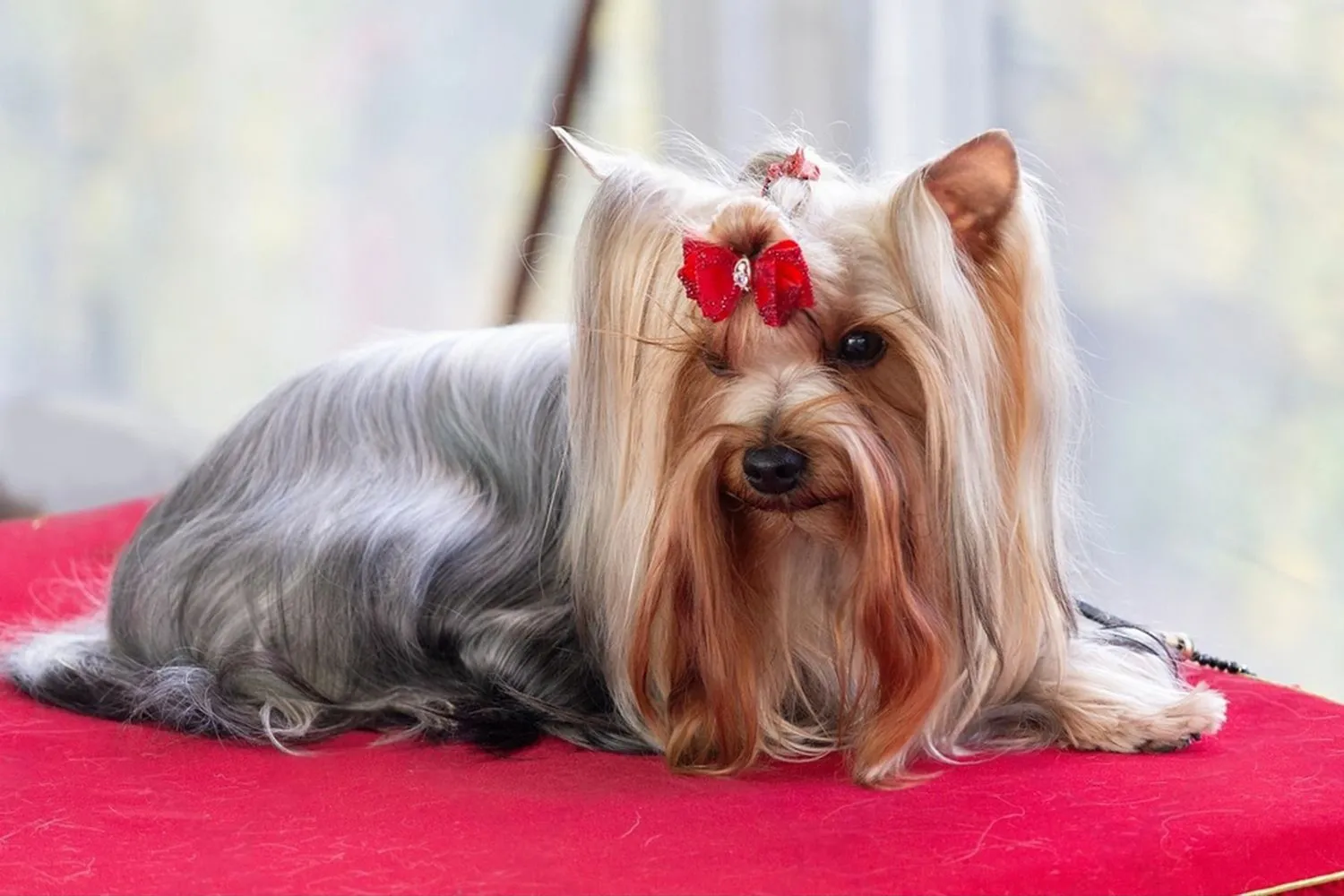
Do Yorkshire Terriers bark a lot?
My first Yorkie, Pip, treated the doorbell like a national emergency. For such tiny bodies, Yorkies come with big opinions and quick reflexes, so a squirrel, a creaky floorboard, or the neighbor’s sneeze can spark a flurry of commentary. It’s part watchdog, part comedian and honestly, a lot of their chatter is just them doing their job and keeping you in the loop.
That said, you can absolutely dial it down. What helped me most was teaching a “quiet” cue and paying generously for calm moments. I’d ask for a sit on a mat when the doorbell rang, then reward the first beat of silence. Closing the blinds at squirrel hour, adding puzzle toys, and getting in a good walk also cut down on boredom barking. Socializing them to everyday sounds mail trucks, bikes, kids at play goes a long way, too.
Expect some noise now and then; it comes with the Yorkie spark. With consistent training and a sense of humor, you get the charm without the nonstop soundtrack.
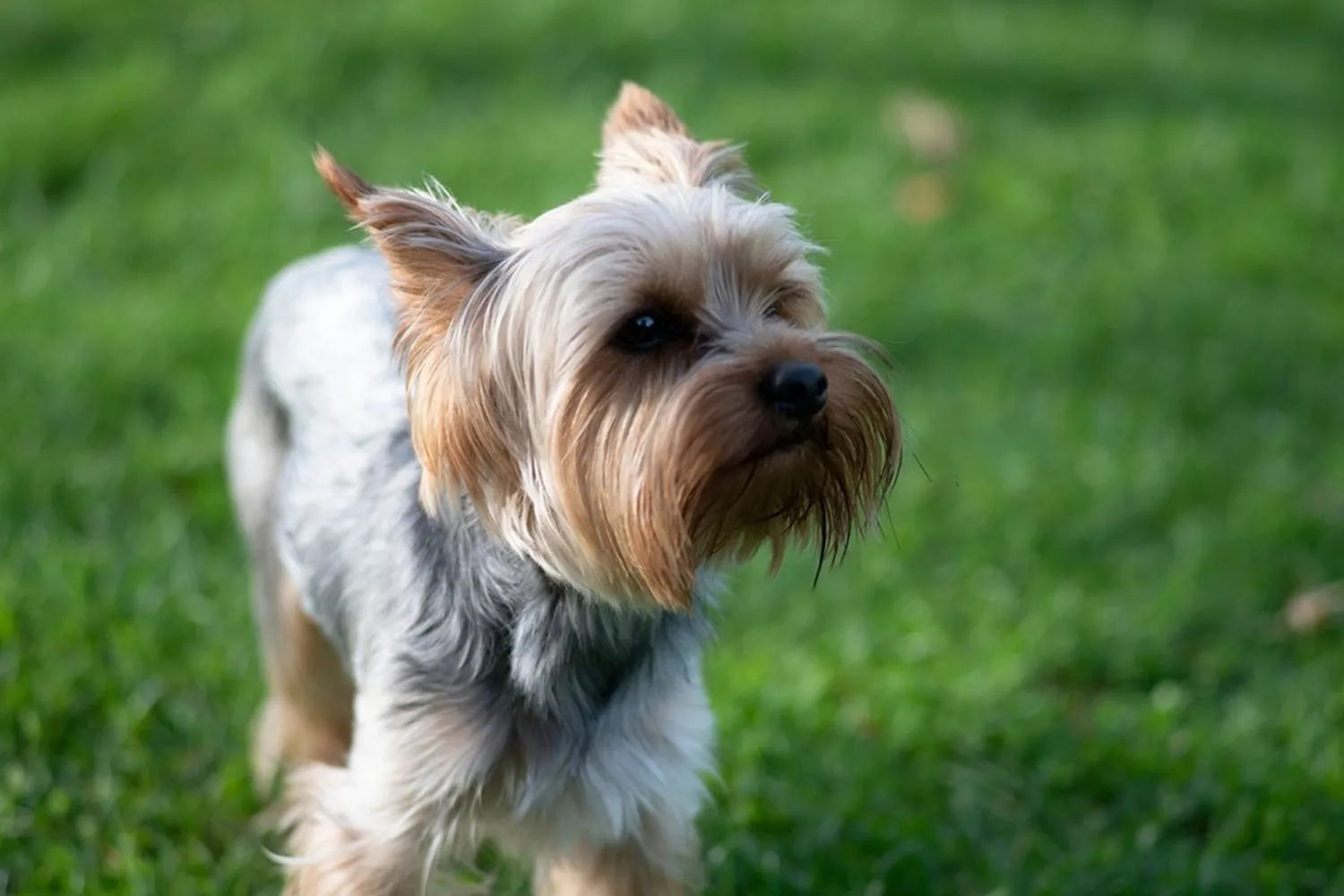
Yorkshire Terrier Size: Average Weight and Height
Yorkies are famously tiny, which is a big part of their charm and why they fit so well in apartments. Most adult Yorkshire Terriers weigh between 1.81 and 3.17 kg (about 4 to 7 pounds), and they typically stand 15.24 to 22.86 cm tall at the shoulder (around 6 to 9 inches). Don’t be fooled by the silky coat fluff can make them look bigger than they really are. I remember the first time I bathed my Yorkie, Millie; she went from glamorous supermodel to little bean sprout in thirty seconds flat. https://en.wikipedia.org/wiki/Yorkshire_Terrier
If you’re measuring at home, have your pup stand on a flat surface and measure from the ground up to the top of the shoulder blades (the withers). That’s the number breeders go by, not the head. Most healthy adults will land in that 6-9 inch window and that 4-7 pound range. Some individuals may be a touch outside and still be perfectly happy family dogs, but I always suggest chatting with your vet if your Yorkie seems too petite or is carrying a bit of extra pudge. A quick rule of thumb: you should be able to feel ribs with a light touch but not see them poking out.
Apartment life suits Yorkies wonderfully, but tiny doesn’t mean low energy. Millie weighed about 2.7 kg and still insisted on two brisk walks a day and a good game of fetch in the hallway. Keep outings short but frequent, use a soft harness to protect that delicate neck, and weigh your dog every month or so to stay on top of changes. And a little tip from experience: those “just a bite” treats add up quickly on a 2.5 kg body your Yorkie will thank you for sticking to measured meals and healthy snacks.
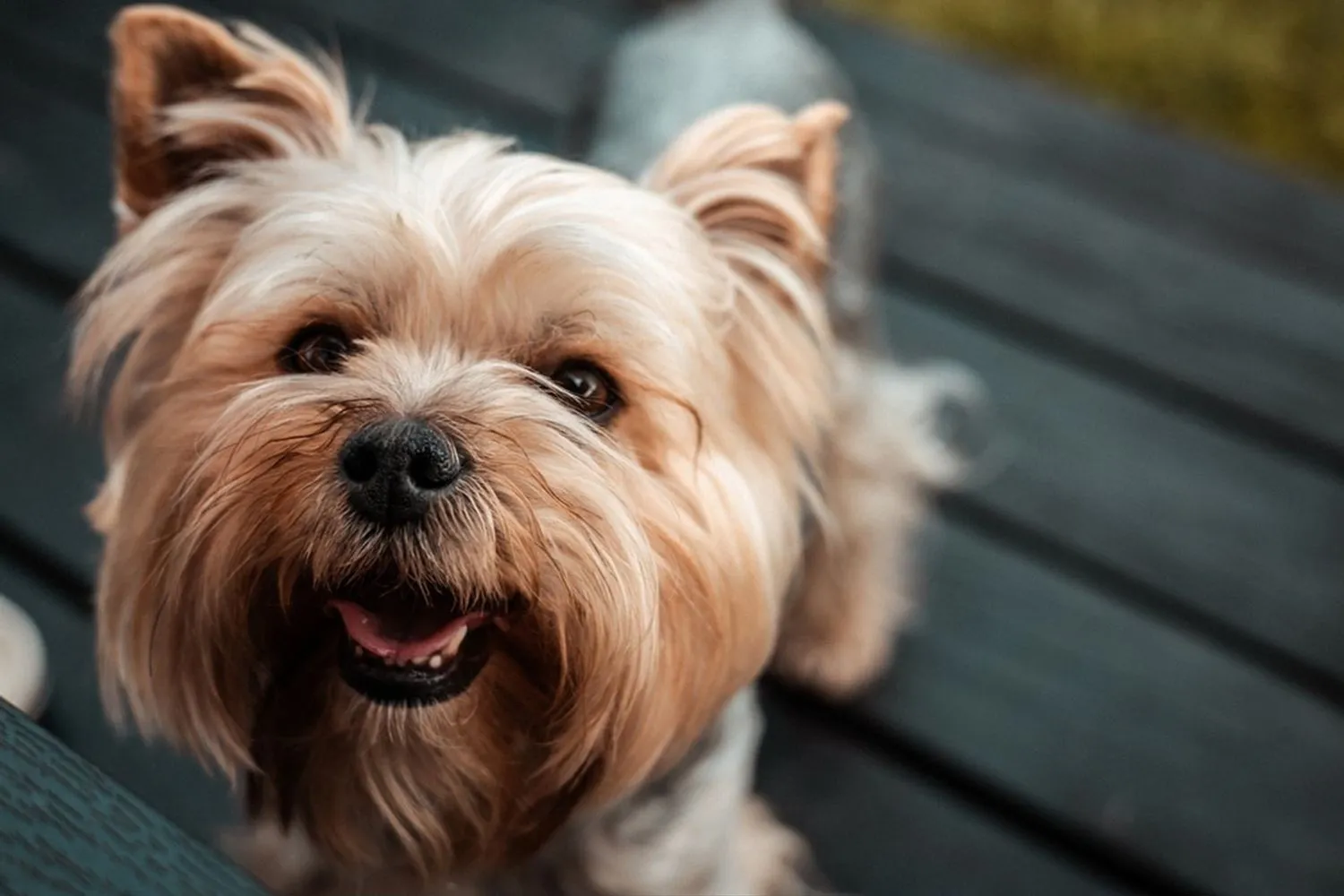
Are Yorkshire Terriers Easy to Train?
Yorkies are bright little firecrackers smart, curious, and full of opinions. With the right approach, they can be wonderfully well mannered companions. The big key is mindset: keep expectations realistic and don’t heap pressure on yourself or your dog. Short, upbeat sessions work better than marathon training days. I like to think of it as building tiny wins, one after another.
One method that pays off fast is simple supervision. When your Yorkie is outside, keep a close eye on them (a lightweight leash or “house line” helps). Guide them toward the right spots to pee and poop, and praise like crazy when they get it right. I used to stroll my friend’s Yorkie, Daisy, to the same patch of grass after meals and naps; within a week, she was bee lining there on her own. Supervision also helps with learning what’s okay in public like calmly passing other dogs instead of charging in with that brave little terrier energy. If you see excitement rising, redirect with a cheerful “this way!” and reward the calm choice.
House rules are your backbone. Decide what’s allowed couch or no couch, where the bed boundaries are, how we greet guests and stick to it, every time. Consistency creates a clear, safe world for your dog. I learned the hard way that “sometimes” means “always” to a Yorkie: let them jump up once, and they’ll audition for the high jump forever. Make sure everyone in the family uses the same words and routines. Baby gates, crates, or playpens can help set up the environment so your dog makes good choices without constant correction.
And don’t forget the magic ingredient: praise. Celebrating good behavior is just as important as setting rules. When your Yorkie follows a cue, walks nicely, or chooses the right potty spot, follow up with positive reinforcement treats, a happy “yes!”, or a quick game. I keep pea sized treats in my pocket so I can reward on the spot. A clicker or a simple marker word makes it crystal clear what they did right. Aim for lots of “do this” and very little “don’t do that” redirect instead of scolding, and you’ll see confidence bloom.
A few final tips: keep training sessions around five minutes, sprinkle them throughout the day, and end on a win. Be patient with that terrier independence it’s part of their charm. With supervision, steady house rules, and plenty of praise, your Yorkie will learn fast and love the process, and you’ll both enjoy the journey.
How Do Yorkshire Terriers Behave? A Look at Their Temperament and Personality
Yorkies may be tiny, but they pack a whole lot of dog into a little body. If you bring one home, expect a playful companion who thrives on interaction. Mine never turns down a game of fetch down the hallway or a round of tug with a squeaky toy. Short, frequent play sessions suit them well think 10 minutes here, 15 minutes there because they love the attention as much as the activity. I like to rotate toys every few days to keep things fresh; it’s amazing how “new” an old rope feels after a week in the closet.
They’re also famously assertive. A Yorkie will not hesitate to make their opinions known. My friend’s five pound Yorkie once marched right up to a gentle Great Dane at the park and introduced herself like she owned the place. That boldness is part of their terrier charm, but it also means you should set clear boundaries early on. Consistent rules, calm leadership, and rewarding good choices go a long way. I teach simple routines sit before meals, wait at the door, settle on a mat so their big personality has a steady framework.
Most Yorkshire Terriers I’ve met are friendly with strangers, kids, and other dogs, especially when they’ve been well socialized from puppyhood. I make a point to pair new experiences with treats and praise meeting a neighbor, walking past a stroller, saying hello to a polite dog. Because they’re small, I also coach kids to be gentle and get down to the dog’s level. Supervision keeps everyone happy; a confident Yorkie will wade into anything, but their size still means we have to be their advocates.
Their intelligence is no joke. If you don’t give a Yorkie something to do, they’ll find a project you won’t love. I like five minute “brain breaks” throughout the day: a couple of tricks, a quick scent game using a snuffle mat, or a puzzle feeder at lunch. One Yorkie I looked after could pop open a beginner puzzle in 30 seconds, so we graduated to hiding kibble in cardboard tubes inside a box instant terrier treasure hunt.
Energy wise, expect a lively partner. They don’t need marathon runs, but they do need daily outlets: brisk walks, short play bursts, and chances to zoom safely. A small flirt pole in the backyard can work wonders. When they’re satisfied physically and mentally, they melt into the coziest lap companion best of both worlds.
That terrier spirit also shows up as possessiveness sometimes. They can be a bit guarded with their favorite toy or chew. I teach “drop it” and “trade” early by swapping for something even better no chasing, no grabbing, just calm exchanges. It turns potential standoffs into a game we both win. And because they’re brave to a fault, I keep a leash on in busy areas and watch for situations they might be tempted to challenge.
In short: playful, bold, bright, and full of spark. With structure, socialization, and plenty of interaction, a Yorkshire Terrier gives you all the fun of a big dog wrapped in an adorable, pocket sized package.
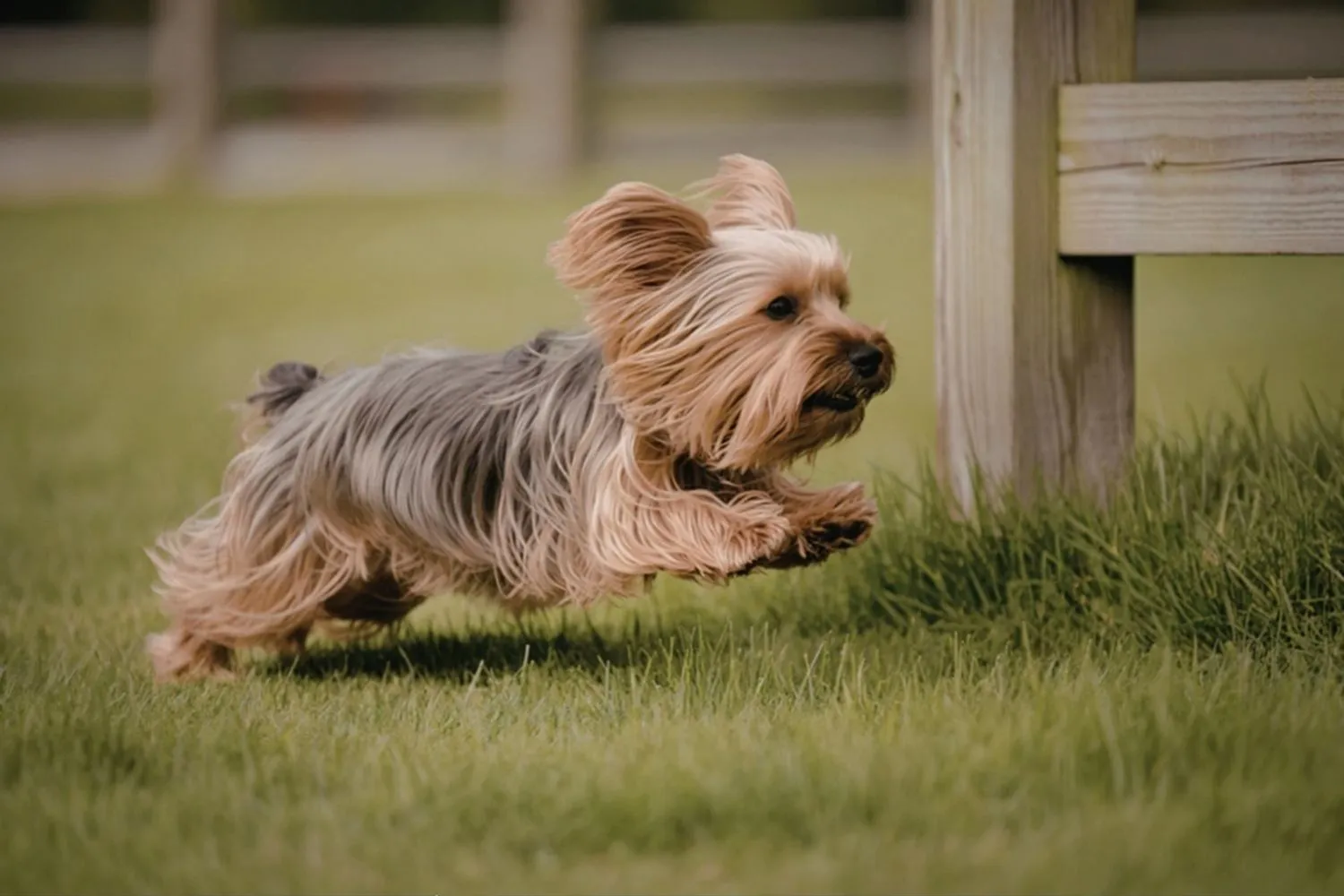
Do Yorkshire Terriers Have Common Health Issues?
Yorkies may be tiny, but like many toy breeds, they come with a few health quirks you’ll want to keep on your radar. I always say that a little prevention goes a long way especially with a breed that can hide discomfort behind a brave little attitude. Here’s what I watch for with my own Yorkies and what I recommend to other owners.
Periodontal disease
Because Yorkies have small mouths and teeth packed in like rush hour traffic, food and bacteria can build up quickly. That leads to tartar, then gingivitis, and eventually periodontal disease. It’s not just about bad breath oral infections can travel through the bloodstream and impact organs like the liver and kidneys. I learned the hard way when my first Yorkie needed a dental cleaning at just two years old. Now I brush teeth daily with a finger brush, use dental wipes on rushed mornings, and schedule regular vet checks. If your pup’s breath suddenly smells off or you notice red gums, don’t wait.
Progressive Retinal Atrophy (PRA)
PRA is a degenerative eye disorder that can eventually lead to blindness. If you’re adopting, ask the breeder for proof that the puppy’s parents were certified clear by the Canine Eye Registry Foundation (CERF). Day to day, keep an eye out for night vision troubles or bumping into things. A friend’s older Yorkie developed PRA, and keeping furniture in the same place and using night lights made a world of difference for her confidence.
Hypoglycemia
Low blood sugar pops up most often in tiny puppies or very small adults and can look like confusion, wobbliness, weakness, or even seizures. I like to feed small, frequent meals and keep a little honey packet or a tube of high calorie gel handy when we’re traveling. If your Yorkie has an episode, keep them warm and calm and call your vet right away better safe than sorry.
Von Willebrand’s disease
This is a blood clotting disorder that can show up as easy bruising, nosebleeds, or bleeding that takes longer than usual to stop (even after a nail trim). Ask your breeder about testing and make sure your vet knows your dog’s history, especially before any surgery or dental work. I always mention clotting concerns to the groomer too, just in case.
Patellar luxation
Yorkies can have kneecaps that slip out of place because the knee cap, thigh bone, and calf aren’t lined up quite right. You might see a “skip” in their step or an occasional hop, then they’re fine again. Keeping your dog at a healthy weight, using ramps or stairs for the couch and bed, and avoiding high impact jumping can make a big difference. One of mine thought she was a flying squirrel doggy stairs saved her knees and my nerves.
Regular vet checkups, a good relationship with a reputable breeder, and a solid home routine can keep your Yorkie feeling their best. They may be small, but with a bit of extra care, they’re as sturdy and spirited as they come.
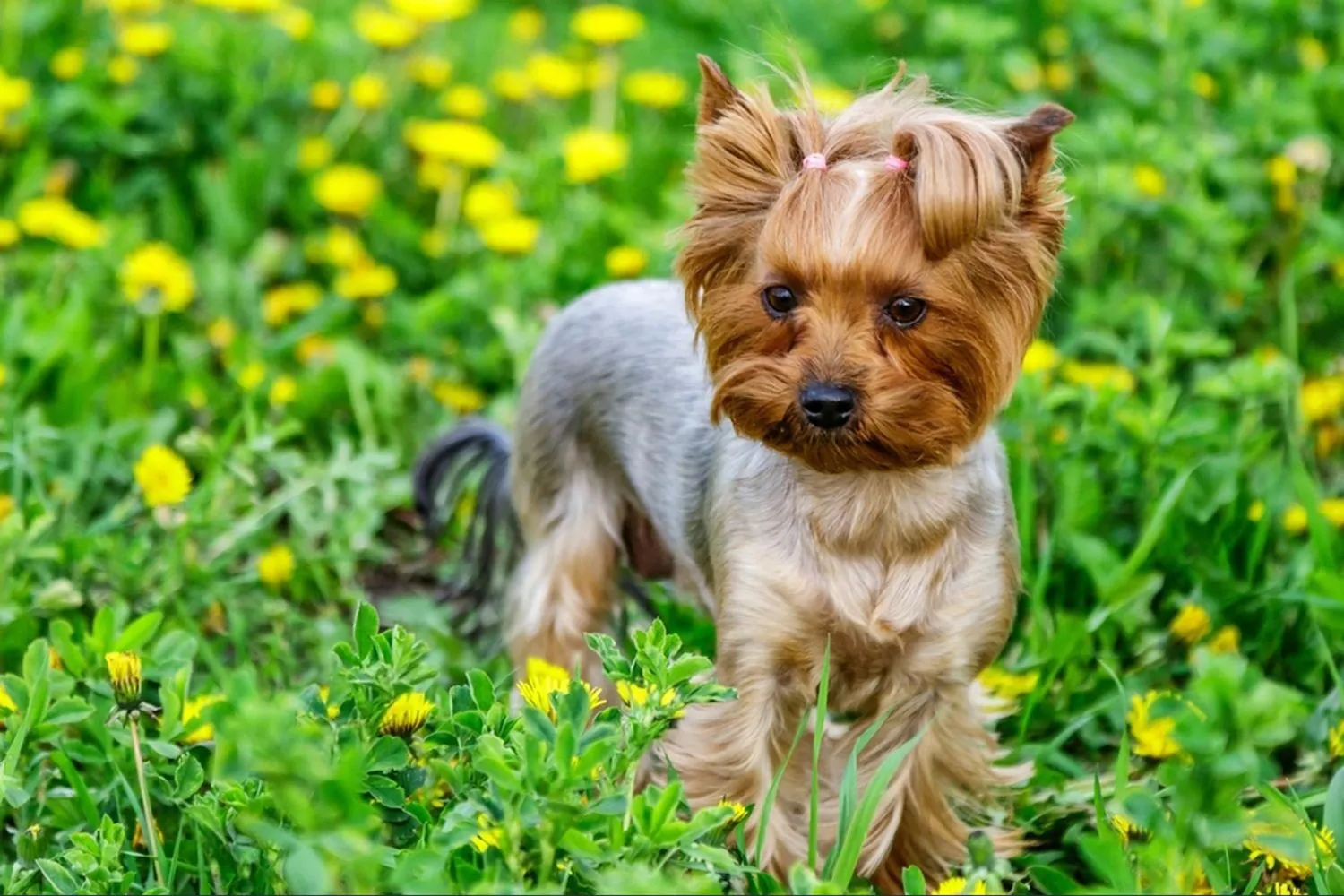
What is the lifespan of a Yorkshire Terrier?
Yorkies typically live 12 to 15 years, which is a wonderfully long time for such tiny, big hearted companions. Small breeds often get the gift of extra years, and I’ve known a couple of spry little Yorkies who happily trotted past their 15th birthdays. My neighbor’s Yorkie, Daisy, even made it to 16-she celebrated with a tiny pupcake and a very dignified new bow.
If you’re hoping to help your Yorkie reach the higher end of that range, a few habits make a big difference. Keep them at a healthy weight, feed a quality diet, and make daily walks and short play sessions part of the routine. Regular vet checkups are key especially dental care, since Yorkies are prone to tooth trouble. I always use a harness instead of a collar to protect their delicate trachea, and I keep jump heights low to spare those little knees. Don’t forget mental enrichment: puzzle toys, training games, and even a simple game of hide and seek keep their sharp minds busy. As they get older, you’ll notice they nap more and may not hear you as well just slow the pace, add a cozy sweater on chilly days, and enjoy the snuggles. With steady care and lots of love, those 12 to 15 years can be full of happy, tail wagging moments.
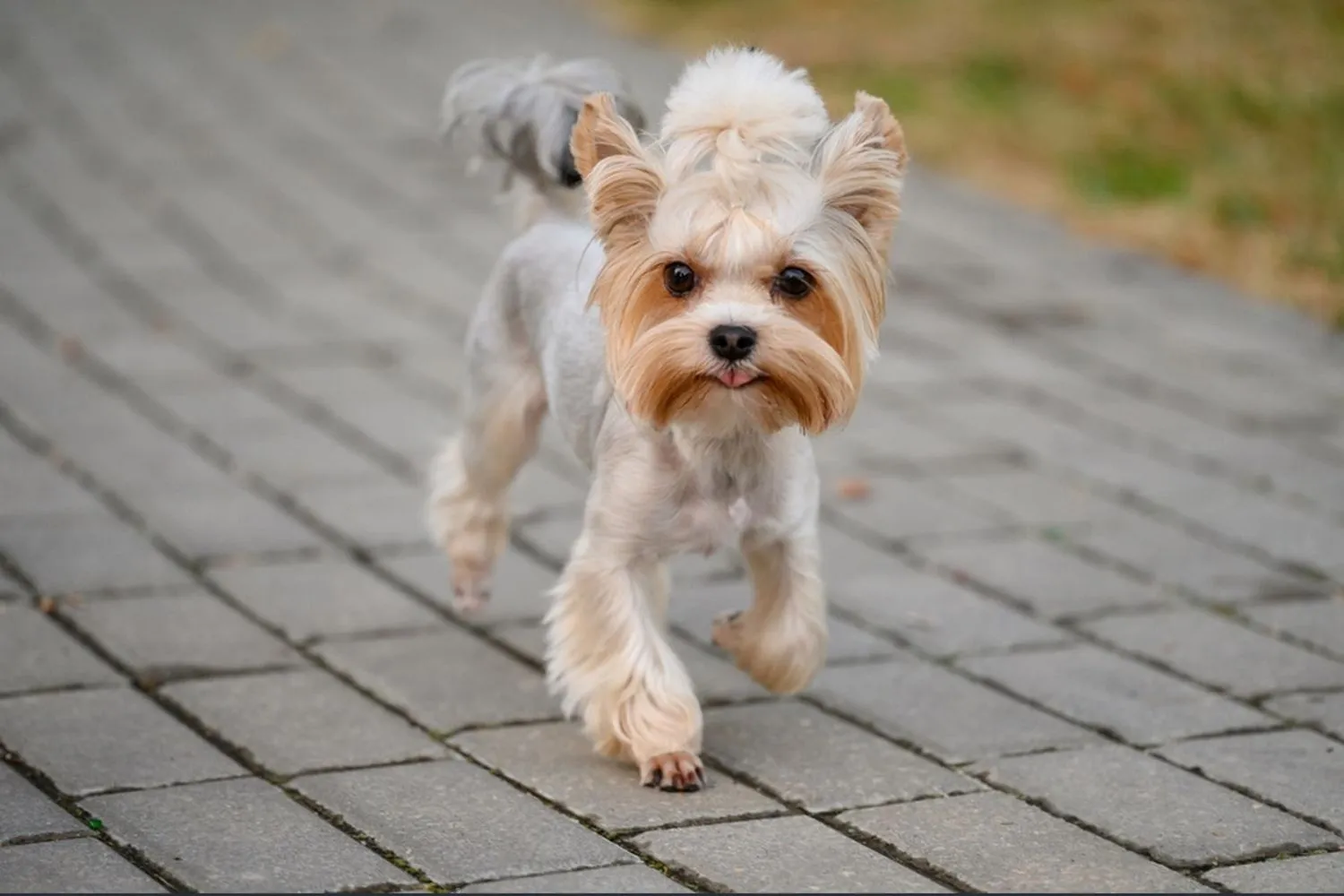
How Much Should You Feed a Yorkshire Terrier?
Tiny Yorkie pups grow fast, and those early weeks are all about steady, easy access to food. From new to 3 months old, free feed your puppy keep fresh, high-quality puppy food available and easy to reach. I used a shallow, non slip dish so my little guy didn’t have to work too hard, and I refreshed the food often so it stayed appealing. Small breeds can tucker out quickly, so grazing helps keep their energy up. Always keep water nearby, too.
Around the 3-month mark, switch to scheduled meals: about 3 to 4 small feedings a day. That rhythm kept my pup’s tummy happy and made potty training more predictable. By the time your Yorkie hits a year, you can move to twice a day meals with high-quality dry food typically 1/2 to 3/4 cup total per day, split into two servings. I like to measure with an actual measuring cup (not guessing with a scoop) and I’ll add a splash of warm water if the kibble seems too crunchy for tiny teeth.
The right amount really depends on your Yorkie’s size and activity level. My friend’s petite 4-pounder does best closer to the 1/2-cup end, while my sturdier, zoomie prone boy leans toward 3/4 cup. Watch their body condition: you should feel ribs with a light touch and see a little waist from above. If you’re doing extra training (a lot of treats!) or your Yorkie had a lazy day, adjust portions slightly. Keep treats to about 10% of daily calories, make changes gradually, and check with your vet if weight or appetite shifts. A steady routine, measured meals, and a keen eye on body shape will keep that silky bundle of energy feeling great.
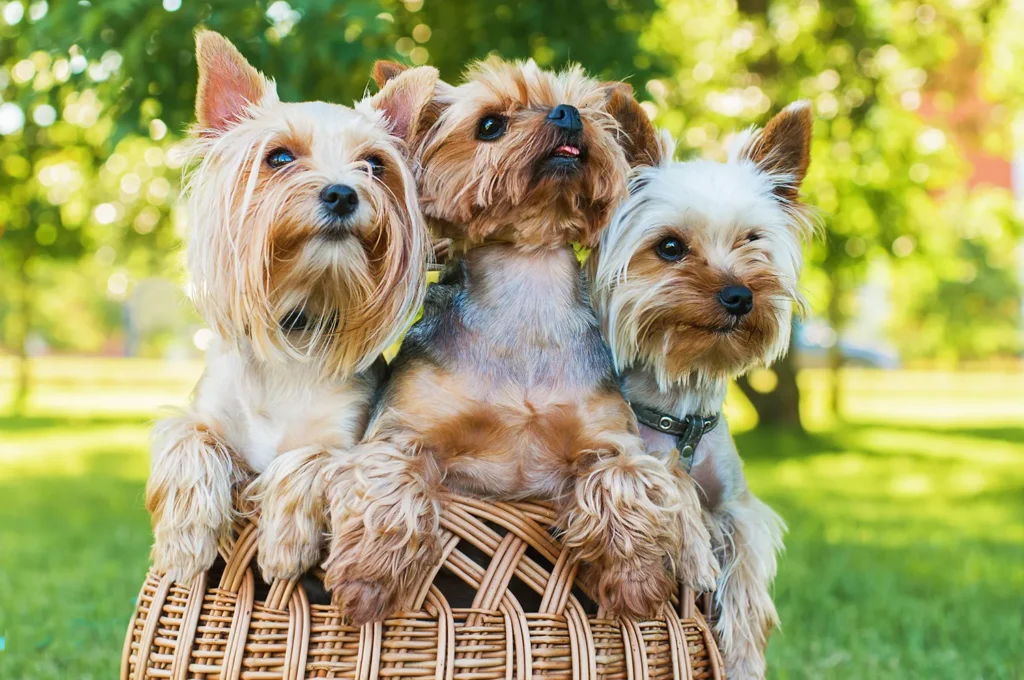
Yorkshire Terrier FAQs
Will a Yorkshire Terrier require professional grooming?
You can absolutely groom a Yorkie yourself. Their silky coats are very manageable once you know the basics and have the right tools. A pin brush, a metal comb, gentle dog shampoo, and a light detangler are my go tos. If you keep the coat long, a quick daily brush prevents tangles; if you prefer a short “puppy cut,” a bath every few weeks and a tidy up around the eyes, paws, and sanitary areas does the trick. I still remember my first bangs trim slightly crooked, but my little diva didn’t seem to mind. If you want a precise shape or a spa day now and then, a professional groomer is a nice option, not a must.
Is a Yorkshire Terrier ideal for a first time dog owner?
Yes. Yorkies are small, friendly, and generally eager to learn, which makes them a lovely first dog. They fit easily into apartments, love being part of the family routine, and respond well to short, upbeat training sessions with tiny treats. I always tell new owners to keep sessions fun and frequent five minutes here and there beats one long, boring class. Do be patient with house training; small dogs have small bladders, so a good schedule, frequent potty breaks, and plenty of praise go a long way. A harness for walks and early socialization help build good habits right from the start.
Do Yorkshire Terriers suffer from separation anxiety?
They can be prone to it, yes but you can help them feel secure. Common signs include barking, chewing, scratching at doors, and accidents. Start by practicing very short alone times and gradually increase the duration. Create a cozy safe spot, leave a food puzzle or a stuffed frozen Kong, and keep arrivals and goodbyes calm. A good walk or a little play session before you head out burns off the jitters. My friend’s Yorkie, Pip, used to “sing” at the door until we added a window perch and a rotating puzzle toy now he naps like a champ. If stress seems intense or doesn’t improve, a chat with a trainer or your vet can make a world of difference. And yes walks, playtime, and plenty of cuddles truly help melt that stress away.
Are Yorkshire Terriers hypoallergenic dogs?
No dog is completely hypoallergenic, but Yorkies are considered highly hypoallergenic because they shed very little. Many people with mild allergies do well with them. Keep up with brushing, regular baths, and washing bedding to reduce dander. If allergies are a concern, spend time with a Yorkie before committing, and consider a HEPA air purifier at home. I’ve had friends who sneezed around most breeds but were perfectly fine snuggling a Yorkie on the couch.
Disclaimer:
This article is for informational purposes only and doesn’t replace professional veterinary or training advice. Always consult a certified vet or dog trainer for guidance specific to your pup.
